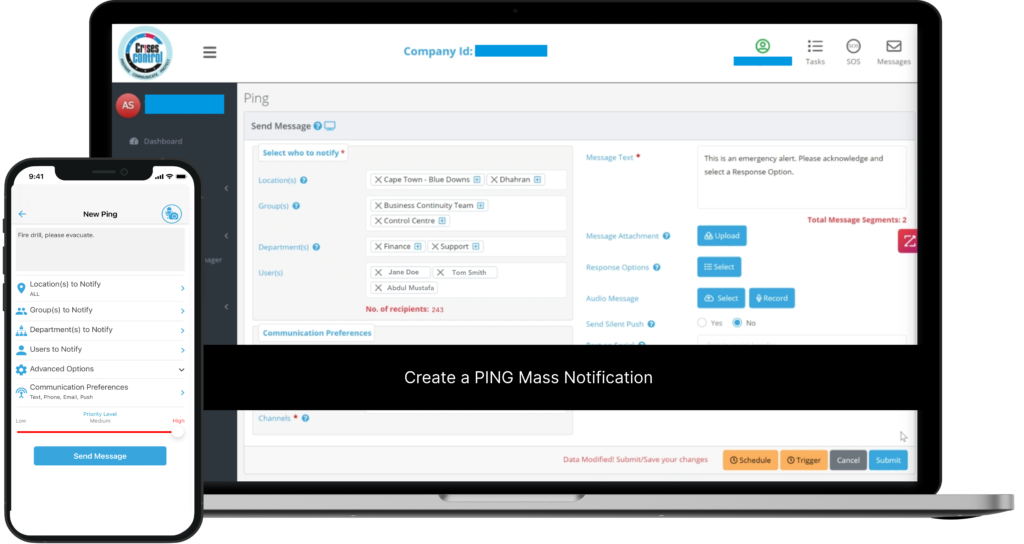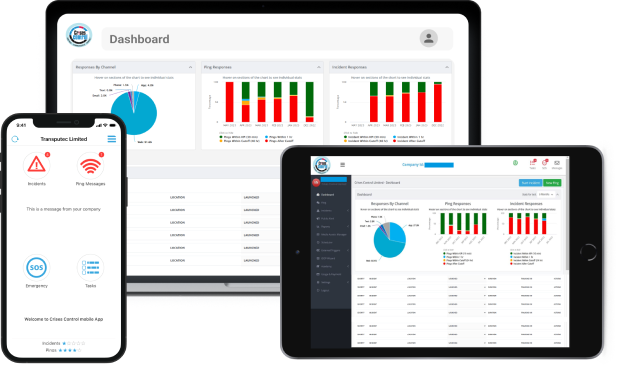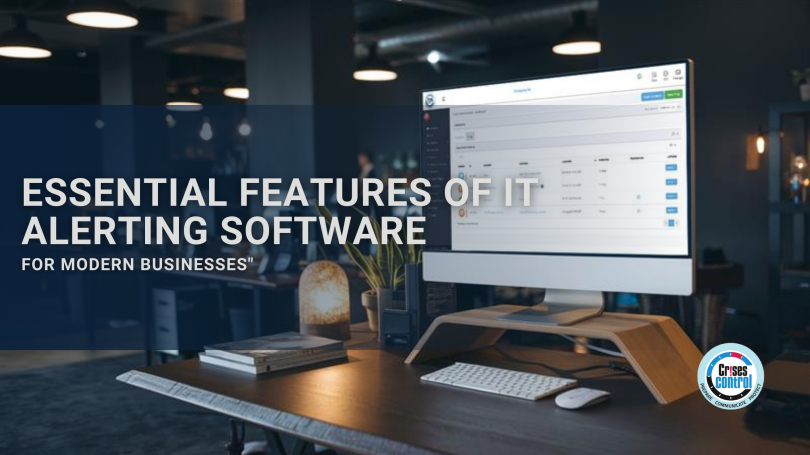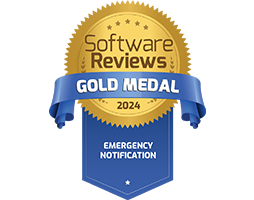Written by Ikram Tassi | Marketing
In today’s hyper-connected world, even a minor IT issue can escalate into a full-blown crisis if not addressed promptly. Businesses rely on intricate IT systems to keep operations running smoothly, but what happens when those systems falter? That’s where IT alerting software becomes indispensable.
IT alerting tools ensure that the right people are informed immediately when an issue arises, enabling swift action to minimise downtime, safeguard operations, and protect your organisation’s reputation. If you’re evaluating options for your business, this guide highlights the essential features of effective IT alerting software—and how Crises Control can help you stay one step ahead.
Why IT Alerting Software is Essential for Modern Businesses
Consider this: the average cost of IT downtime can reach £4,300 per minute, depending on the size of the organisation. Beyond financial losses, downtime disrupts customer trust, productivity, and regulatory compliance. Traditional manual alerting methods simply can’t keep pace with the speed and complexity of modern IT environments.
IT alerting software bridges this gap by automating notifications, ensuring no time is wasted in responding to critical events like server failures, cyber-attacks, or network outages.
But not all IT alerting tools are created equal. Choosing the right solution means focusing on the features that directly address your business challenges. Let’s explore the must-haves.
1. Real-Time Notifications: The Cornerstone of IT Alerting
In a crisis, timing is everything. The sooner your team knows about an issue, the faster they can act. Real-time notifications are non-negotiable for effective IT alerting software.
What It Does
- Delivers instant alerts across multiple channels—email, SMS, mobile apps, and voice calls.
- Reduces delays by ensuring messages bypass network issues or human bottlenecks.
Why It Matters
Imagine your servers fail at midnight. Without real-time alerts, your IT team might not find out until the next morning, resulting in hours of unnecessary downtime.
How Crises Control Helps
Crises Control’s notification engine ensures instant delivery via multiple channels, so your team is always informed. Its geo-location feature even targets alerts based on team availability and proximity.
2. Integration with Your Existing Tools
An alerting tool that doesn’t integrate with your current systems is like a square peg in a round hole. Integration ensures that your IT alerting software fits seamlessly into your operations.
What It Does
- Connects with tools like monitoring platforms to trigger alerts automatically.
- Allows for streamlined workflows, reducing manual intervention.
Why It Matters
Suppose your network monitoring tool detects a spike in traffic that could signal a cyber-attack. An integrated alerting system ensures the right team members are informed immediately, without waiting for someone to manually raise the alarm.
How Crises Control Helps
Crises Control’s flexible APIs make it simple to integrate with the tools you already use, ensuring smoother operations and faster responses.
3. Two-Way Communication for Better Collaboration
Alerts shouldn’t be one-way. Once an issue is flagged, your team needs a way to confirm receipt, share updates, and collaborate on a solution in real-time.
What It Does
- Enables acknowledgment of alerts, so you know who’s taking action.
- Provides a platform for team discussions and status updates.
Why It Matters
During a network outage, team members might receive the alert but not confirm whether they’re working on it. Two-way communication eliminates confusion, ensuring accountability and faster resolution.
How Crises Control Helps
Crises Control’s system tracks acknowledgments and facilitates live discussions, ensuring that everyone is on the same page, no matter where they are.
4. Customisable Workflows for Any Scenario
Every business faces unique challenges. From minor glitches to major incidents, your IT alerting software must adapt to your needs.
What It Does
- Offers pre-set and customisable templates for different types of incidents.
- Allows for scenario-specific escalation paths and protocols.
Why It Matters
Suppose you’re dealing with a ransomware attack. The response process is vastly different from handling routine server maintenance. Custom workflows ensure that each situation is handled appropriately.
How Crises Control Helps
Crises Control’s platform allows organisations to create tailored workflows, ensuring every incident is managed with precision.
5. Scalability for Growing Businesses
As your organisation grows, so does the complexity of your IT environment. Your alerting software should be able to scale alongside you.
What It Does
- Supports increasing users, systems, and locations.
- Handles complex infrastructures without compromising performance.
Why It Matters
For growing organisations, an alerting system that can’t handle growth will quickly become a bottleneck, leading to inefficiencies during critical events.
How Crises Control Helps
Whether you’re a small enterprise or a multinational corporation, Crises Control’s scalable platform ensures uninterrupted performance, no matter the size of your operation.
6. Advanced Analytics and Reporting
Understanding what went wrong—and how to improve—is key to preventing future issues. Analytics and reporting tools provide actionable insights.
What It Does
- Tracks response times, acknowledgment rates, and resolution metrics.
- Offers post-incident reports to identify gaps and optimise workflows.
Why It Matters
Without data, you’re flying blind. Analytics help you measure the effectiveness of your response, ensuring continuous improvement.
How Crises Control Helps
Crises Control’s detailed dashboards and automated reports make it easy to review performance and refine your crisis management strategy.
7. Security and Compliance Built-In
When sensitive information is involved, security is non-negotiable. Your IT alerting software must protect data while adhering to industry regulations.
What It Does
- Encrypts communications to prevent breaches.
- Ensures compliance with regulations like GDPR and ISO standards.
Why It Matters
Imagine your alert system is compromised during a security breach. Not only does this expose your business, but it also risks non-compliance penalties.
How Crises Control Helps
Crises Control is built with enterprise-grade security features and meets global compliance standards, giving you peace of mind.
Interested in our Ping Emergency Communication System?
Efficiently alert everyone in seconds at scale with our Emergency Communication System – PING, get the message out fast and ensure rapid response and recovery.

Take Control of Your IT Crisis Management
IT disruptions are inevitable, but the right tools can make all the difference in how your organisation responds. From real-time notifications to advanced analytics, the must-have features we’ve outlined ensure your IT alerting software is more than just a notification tool—it’s a business enabler.
Crises Control offers everything modern businesses need in an IT alerting solution. Want to see how it works for your team?
Contact us today to schedule your free demo and experience the power of Crises Control firsthand.
By investing in the right IT alerting software, you’re not just managing crises—you’re building a resilient, future-proof organisation.
Request a FREE Demo









